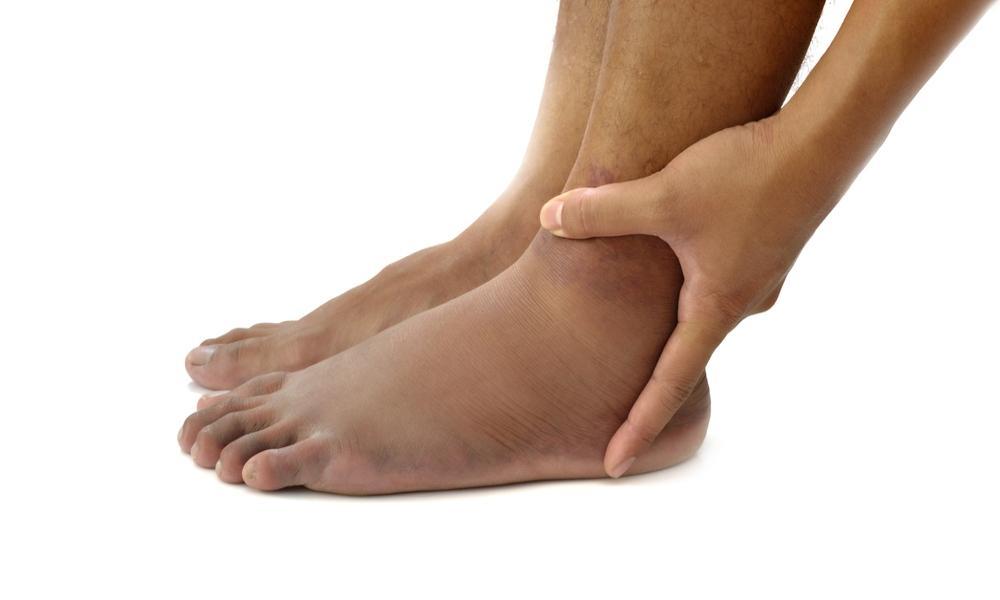
What You Need To Know About The Causes of Poor Circulation

Your circulatory system carries nutrients, oxygen and water via blood through the body so it can remain strong and healthy. When blood flow is reduced, your cells don't receive as much oxygen as they need, and you may experience symptoms of poor circulation. These include cold extremities, muscle cramps, feeling tired all the time, dizziness and a tingling sensation/pins and needles in arms, fingers, legs and toes.
Poor circulation isn't a medical condition in itself. It is a symptom or complication of other health issues. In this article, we will look at some of the most common causes of poor circulation. They include:
Peripheral Artery Disease (also known as PAD)
This common circulatory condition is a form of cardiovascular disease and causes blood vessels and arteries to narrow, which can lead to poor circulation in your legs. The narrowing is due to the buildup of fatty deposits (plaque) in artery walls, restricting blood flow.
Several factors can increase your chances of developing PAD, including smoking, diabetes, high blood pressure and high cholesterol. Age is also a significant risk factor as peripheral artery disease is primarily seen in adults over the age of 50. If not treated, PAD may lead to a stroke.
Blood Clots
Blood clots can happen anywhere in the body, collections of blood that form in arteries and veins when blood clumps up and changes from a liquid to a solid. Clotting is a regular bodily function that stops wounds from bleeding too much when you get hurt. However, they can cause problems if they don't dissolve on their own, for example, by blocking the flow of blood, leading to poor circulation.
Varicose Veins
These are knotted, distended veins along the legs and feet that occur due to a disruption in the movement of blood between the extremities and the heart. The cause is valve failure. Inside the veins are small one-way valves that open to let blood through and then close again to stop it from flowing backward. Damaged veins can't move blood as efficiently as other veins, resulting in poor circulation. Blood pools in these vessels, which become swollen and enlarged.
Raynaud's Disease
Raynaud's disease is a rare disorder of the blood vessels, typically of the fingers and toes but also other parts of the body - for example, your ears, nose and lips. The condition causes small arteries to narrow.
Consequently, they are less able to move blood through the body resulting in symptoms of poor circulation such as cold fingers or toes, numbness and skin discoloration. Women are more likely than men to suffer from Raynaud´s. It is also more common among people who live in cold climates.
Diabetes
If people with metabolic disorder experience high glucose levels over several years, blood vessels can become damaged. When this happens, plaque accumulates on the inner lining of artery walls restricting blood flow. Typically this occurs in arteries leading to the legs, feet, arms, stomach, head and kidneys. Diabetes also increases the risk of peripheral artery disease.
People with diabetes and poor circulation are at a higher risk of developing serious foot problems. When blood is not flowing as it should, wounds heal slowly, so foot injuries have a higher chance of becoming infected or developing a foot ulcer.
Obesity
Carrying a lot of extra pounds puts the heart and lungs under excess pressure and compresses the body's blood supply. People who are overweight or obese tend to be sedentary, and prolonged periods of sitting, lying or standing in one position can lead to poor circulation.
Smoking
Chemicals in smoke cause arteriosclerosis - a buildup of fatty deposits in blood vessels and loss of elasticity. Consequently, blood cannot flow freely through vessels which can ultimately result in sores, ulcers, gangrene and even amputation.
High Blood Pressure (Hypertension)
This can be a sign and a cause of poor circulation. Pressure increases when the body can't get sufficient quantities of blood to core organs. As a result, the heart will beat faster to increase blood flow. And when blood is pushing against blood vessel walls with a lot of force, it can weaken them. High blood pressure is also known as "the silent killer" because people can be unaware of the problem, but the damage is still occurring.
Treating Poor Circulation
At Midwest Institute for Non-Surgical Therapy (MINT), our friendly medical team specializes in vascular treatments to restore blood flow and improve poor circulation. To schedule a free consultation, call MINT today on 314 255 2204. We will be able to see you at one of our five convenient locations in Missouri and Illinois.
You Might Also Enjoy...


What Is Claudication? A Guide From The Midwest Institute For Non-Surgical Therapy

Pelvic Congestive Syndrome – 5 Facts About PCS You Should Probably Know

Diabetic Foot Ulcer: Causes, Treatment & Prevention Tips

Are Fibroids Dangerous? What Your Body Might Be Telling You, and When to Listen


